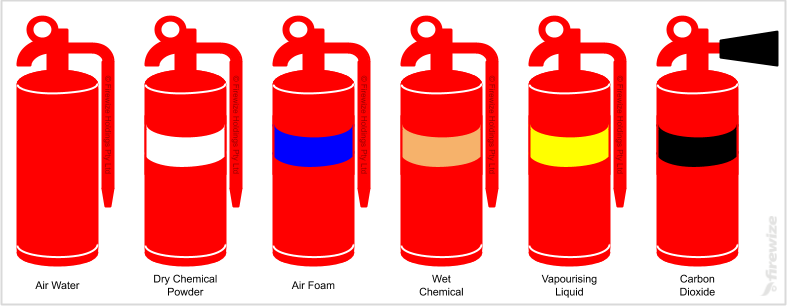
Do you know what they are?
In our last article we focused on the most common fire extinguisher, the dry chemical which is by far the most widely used by vessel owners, marinas and the general workforce.
While they are the most widely used they may not be the best for every fire situation. Let’s look at other extinguishers and their specific uses.
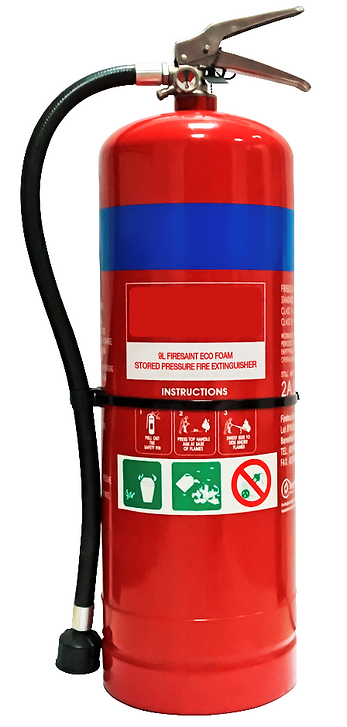
Foam extinguishers have BLUE band and are designed for use on A and B Class fires. Class A fires are those that involve carbonaceous solids. Examples are wood, paper, cloth, rubber, plastics, grass and coal. Class B fires involve flammable and combustible liquids including petrol, kerosene, oil, tar, paint and wax. Foam extinguishers are ideal for fires in bilges where fuel may be floating on water.
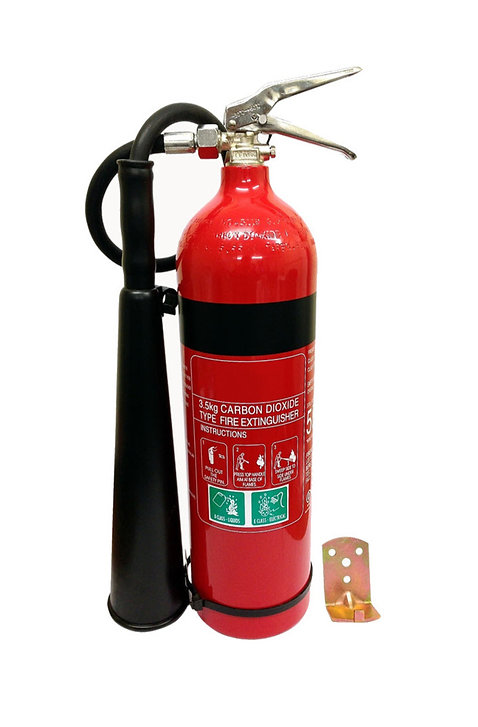
CO2 extinguishers have a BLACK band are specifically for Class E fires which are fires involving energised electrical equipment. Being specifically for electrical fires they are ideal for use in the wheelhouse and other areas where there are electrical circuits such as distribution boards.
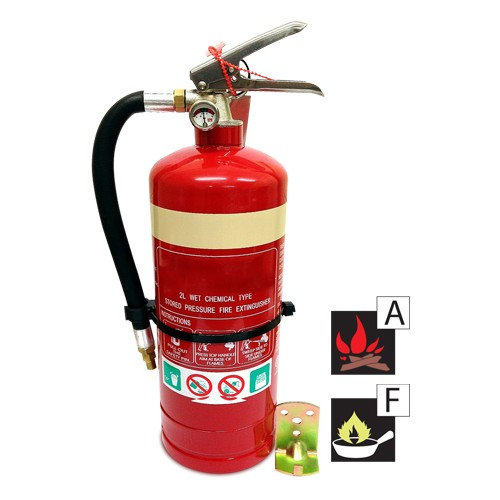
Wet Chemical extinguishers have an OATMEAL band and are for use on Class A and F fires. Class A fires are those identified in Foam extinguishers while Class F fires are those involving cooking oils and fats such as lard and vegetable oils. This is a good extinguisher to have in the galley along with your fire blanket.
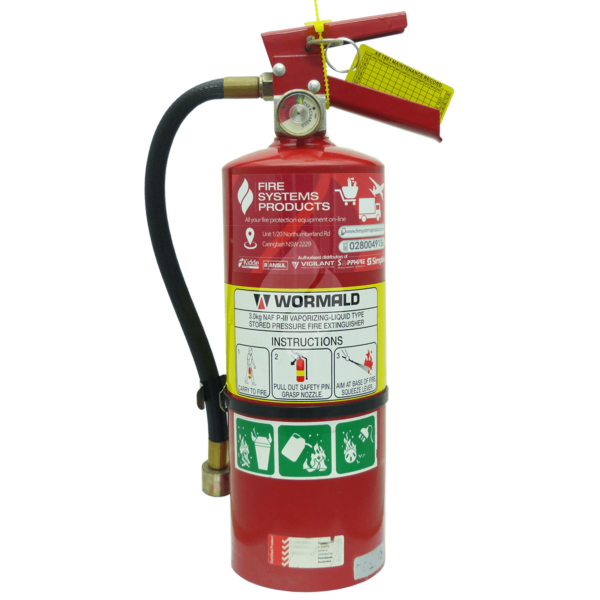
Vaporising Liquid extinguishers have YELLOW band and are for use on Class A and Class B fires. Class A fires are those that involve carbonaceous solids. Examples are wood, paper, cloth, rubber, plastics, grass and coal. Class B fires involve flammable and combustible liquids including petrol, kerosene, oil, tar, paint and wax. These extinguishers are not often found on vessels.
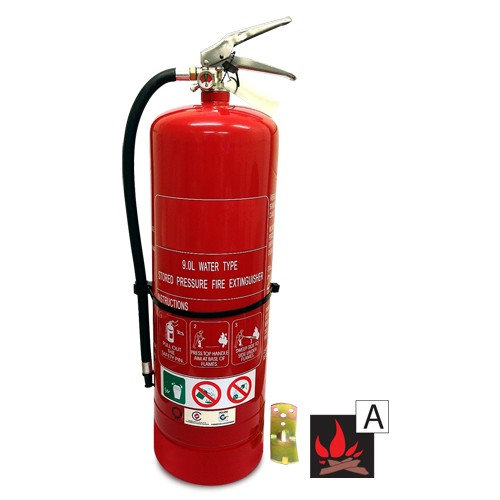
Water extinguishers are all RED and are for Class A fires only. See Foam extinguishers for Class A fire details. We don’t usually see these on vessels as they are not suited to most fires that we encounter onboard.
When a fire emergency happens onboard your vessel, in the marina or your office, preparing ahead can be the difference between life and death. Knowing which type of fire extinguisher to use in each situation is the key to minimising the damage. Though this guide is not an official training document, using the information above can be helpful when faced with an unexpected situation.
To ensure your extinguishers are in working order and ready to be used in an emergency, take the time to perform regular fire equipment inspections, as well as fire extinguisher maintenance. Even though other steps need to be taken to prevent fires from spreading including the installation and maintenance of fire alarms, a well-maintained fire extinguisher will always be one of the key measures for fire protection and safety.
We highly recommended that you ensure all extinguishers are checked regularly and serviced in accordance with legal requirements.
Having a fire extinguisher is the first step but if it does not work when required it’s a waste of time having it!
Our best tip is to have all of your crew and/or workers know the exact location of all fire extinguishers and their applications.
If an extinguisher is needed it’s needed there and then so if you have to go looking for one you’ve lost the battle before you begin.
While knowing where they are is great not knowing what Classes of fires they can be used for can be a major issue in itself.